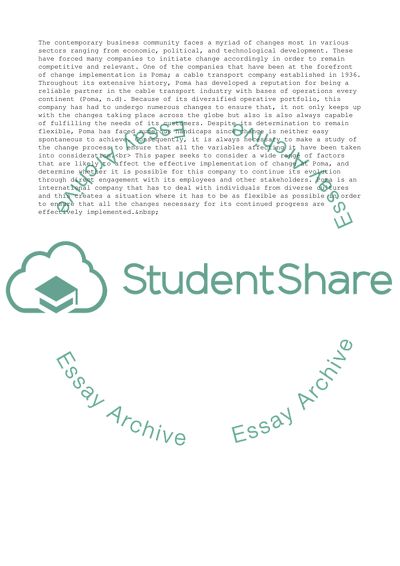Cite this document
(“The report is write about Poma Essay Example | Topics and Well Written Essays - 4000 words”, n.d.)
Retrieved from https://studentshare.org/management/1676096-the-report-is-write-about-poma
Retrieved from https://studentshare.org/management/1676096-the-report-is-write-about-poma
(The Report Is Write about Poma Essay Example | Topics and Well Written Essays - 4000 Words)
https://studentshare.org/management/1676096-the-report-is-write-about-poma.
https://studentshare.org/management/1676096-the-report-is-write-about-poma.
“The Report Is Write about Poma Essay Example | Topics and Well Written Essays - 4000 Words”, n.d. https://studentshare.org/management/1676096-the-report-is-write-about-poma.


